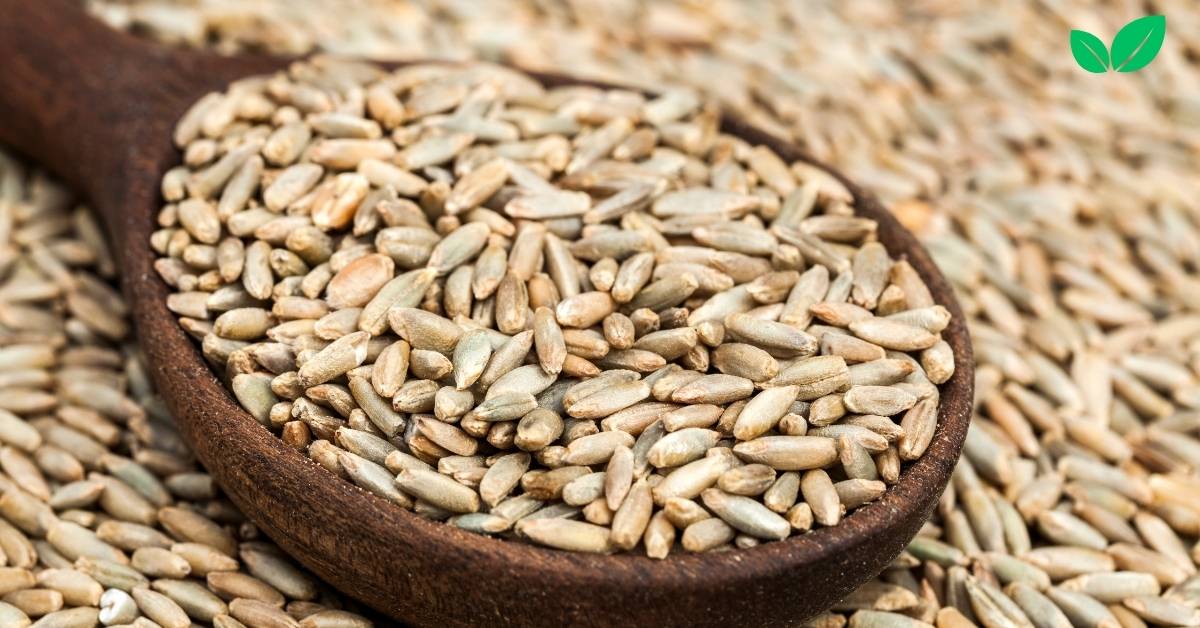Rye berries are a whole grain that has been gaining popularity for its versatility, nutritional value, and sustainability. Known for their hard, chewy texture and nutty flavor, rye berries are the intact kernels of the rye plant (Secale cereale). Unlike refined grains, rye berries retain the bran, germ, and endosperm, offering a nutritious, fiber-rich alternative to many other cereals. But beyond their health benefits, rye berries play a critical role in sustainable agriculture and environmental conservation.
This article explores the environmental advantages of growing and consuming rye berries, their role in crop rotation, how they contribute to soil health, and their resilience to climate change. We will also delve into the practical uses of rye berries in food systems and how they can contribute to more sustainable food consumption patterns.
1. Introduction to Rye Berries
Rye berries come from the rye plant, a cereal grain that has been cultivated for thousands of years, particularly in Central and Eastern Europe. Rye was historically a staple crop in cold, temperate climates due to its ability to grow in poor soils and under harsh environmental conditions. Rye berries are whole grains, meaning they contain all parts of the grain kernel—bran, germ, and endosperm—making them a highly nutritious and environmentally friendly food option.
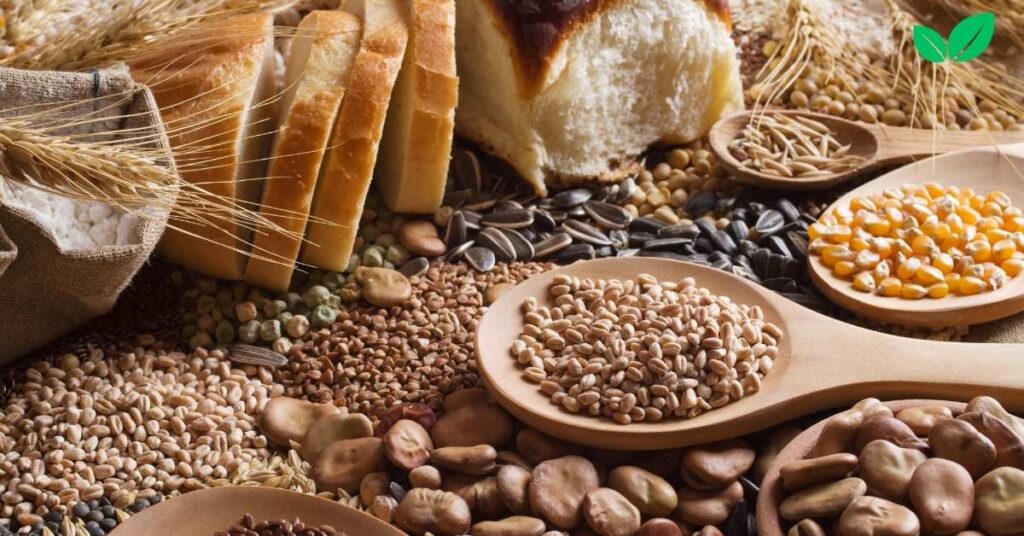
1.1. What Are Rye Berries?
Rye berries are the unprocessed seeds of the rye plant. Unlike refined grains, which have had the bran and germ removed, rye berries retain their entire kernel, providing maximum nutritional benefit. They are packed with dietary fiber, protein, vitamins, and minerals, making them a wholesome addition to any diet.
- Nutritional Value: Rye berries are rich in essential nutrients, including magnesium, manganese, phosphorus, and B vitamins. They are also high in fiber, which supports digestive health and can help regulate blood sugar levels.
- Versatility in the Kitchen: Rye berries can be used in various dishes, including salads, soups, and baked goods. They can also be sprouted or ground into flour for use in bread making.
1.2. The Environmental Significance of Rye Berries
Rye is one of the most environmentally resilient grains, capable of thriving in poor soils and cold climates where other crops struggle. This resilience makes rye an essential crop for sustainable agriculture, particularly in regions facing the impacts of climate change. Rye berries are not only nutritious but also contribute to sustainable farming practices by promoting soil health, reducing the need for chemical inputs, and supporting biodiversity.
- Drought Resistance: Rye is known for its ability to withstand drought conditions, making it a valuable crop in regions experiencing water scarcity due to climate change.
- Low Input Requirements: Compared to other grains like wheat and corn, rye requires fewer inputs such as water, fertilizers, and pesticides, reducing its environmental footprint.
2. The Role of Rye in Sustainable Agriculture
Rye is more than just a food crop; it plays a crucial role in sustainable agricultural systems. Its ability to improve soil health, prevent erosion, and support biodiversity makes it an ideal crop for environmentally conscious farmers.
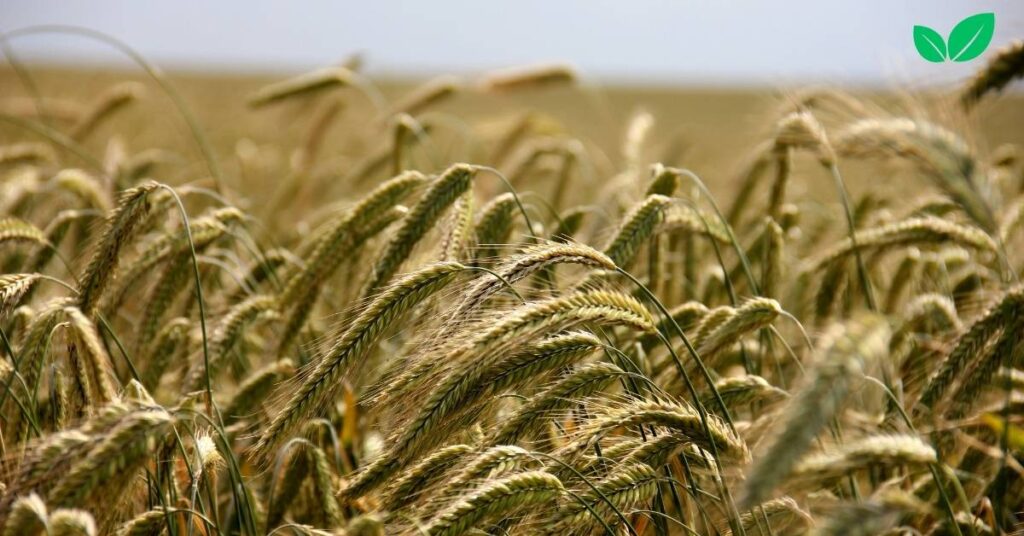
2.1. Rye in Crop Rotation
One of the key benefits of rye is its role in crop rotation, a practice used by farmers to maintain soil health and prevent the depletion of essential nutrients. Crop rotation involves alternating different types of crops on the same land to improve soil fertility, control pests and diseases, and enhance biodiversity.
- Nitrogen Fixation: Rye is often used as a cover crop in crop rotation systems because it helps fix nitrogen in the soil. Nitrogen is an essential nutrient for plant growth, and by planting rye, farmers can reduce the need for synthetic fertilizers, which can have harmful environmental effects.
- Weed Suppression: Rye’s dense growth helps suppress weeds naturally, reducing the need for herbicides. Its roots also create a strong network that holds the soil together, preventing erosion and maintaining soil structure.
2.2. Soil Health and Rye Cultivation
Rye’s deep root system is beneficial for soil health. The roots penetrate deep into the soil, helping to break up compacted earth and improve soil aeration. This process enhances water infiltration, reducing the risk of water runoff and erosion. As rye decays, it adds organic matter to the soil, further improving its fertility and structure.
- Erosion Control: Rye is often planted as a cover crop to protect soil from erosion, especially in regions with heavy rainfall or strong winds. Its extensive root system anchors the soil, preventing it from being washed or blown away.
- Carbon Sequestration: Rye cultivation can also contribute to carbon sequestration, the process of capturing and storing atmospheric carbon dioxide. By building organic matter in the soil, rye helps trap carbon, mitigating the effects of climate change.
3. Rye Berries and Climate Resilience
As the climate continues to change, with increasing temperatures and more frequent extreme weather events, the need for resilient crops has never been greater. Rye’s ability to thrive in harsh conditions makes it an important crop for food security and environmental sustainability.
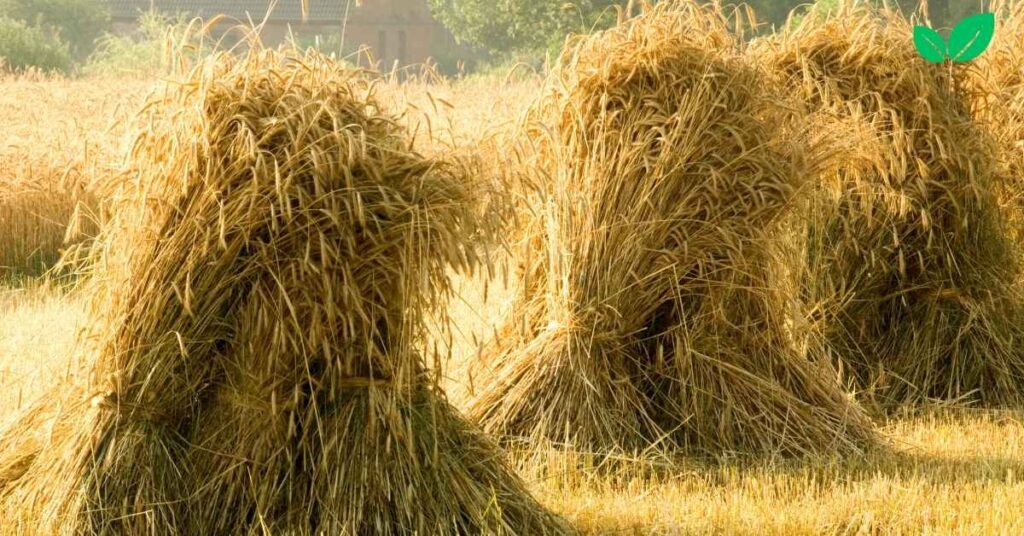
3.1. Drought Tolerance
One of the most significant environmental benefits of rye is its drought tolerance. Rye can grow in areas with limited water availability, making it a valuable crop for regions prone to droughts. Its deep root system allows it to access water that other crops cannot reach, ensuring that it can survive and produce even in dry conditions.
- Water Efficiency: Rye requires less water than many other cereal crops, making it a more sustainable choice in areas facing water scarcity. This water efficiency is particularly important in the context of climate change, as many regions are experiencing reduced rainfall and increased demand for water resources.
3.2. Cold Weather Adaptation
Rye is one of the few grains that can grow in extremely cold climates, making it a critical crop for regions with short growing seasons and harsh winters. Its cold tolerance allows farmers to plant rye in the fall and harvest it in the spring, extending the growing season and providing a valuable food source when other crops are not viable.
- Winter Hardiness: Rye can withstand freezing temperatures and snow cover, making it a reliable crop in northern climates. This hardiness ensures that farmers can continue to produce food even in regions where other grains would fail due to cold weather.
4. The Environmental Impact of Rye Berry Cultivation
Rye berry cultivation has a lower environmental impact compared to many other grains, particularly in terms of its use of resources and its contribution to soil health. By requiring fewer inputs and offering numerous environmental benefits, rye berries are a more sustainable choice for both farmers and consumers.
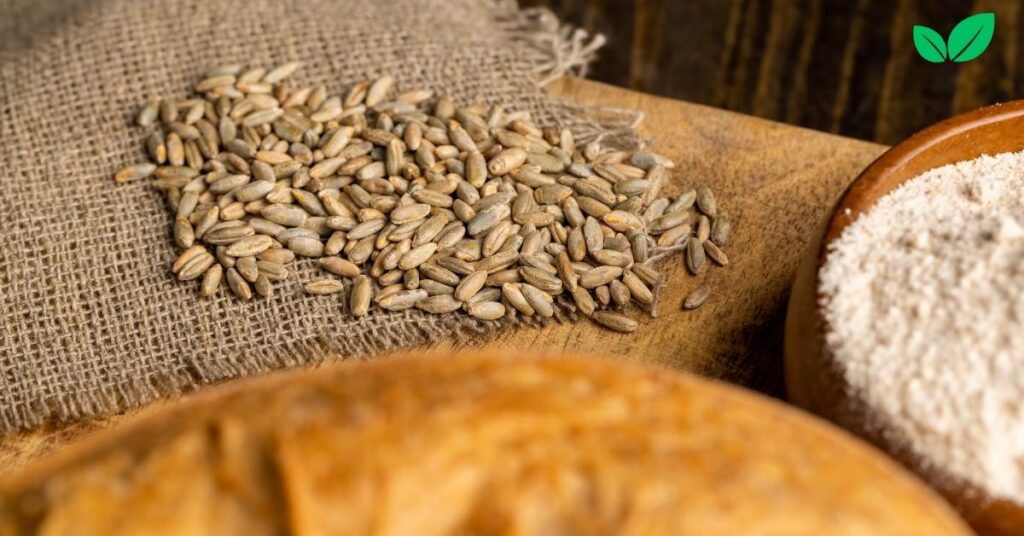
4.1. Reduced Chemical Inputs
Rye is naturally resistant to many pests and diseases, which means it requires fewer chemical inputs, such as pesticides and herbicides. This not only reduces the cost of production for farmers but also minimizes the environmental pollution associated with chemical runoff into waterways.
- Pesticide Reduction: Because rye suppresses weeds and is resistant to pests, it reduces the need for chemical herbicides and pesticides. This lowers the risk of harmful chemicals contaminating nearby ecosystems, including rivers and lakes.
- Sustainable Farming Practices: Farmers who grow rye berries often adopt more sustainable practices, such as using cover crops and crop rotation, which further reduces their reliance on chemical inputs.
4.2. Energy Efficiency in Rye Farming
Rye requires less energy to cultivate than other cereal grains, such as wheat or corn. Its ability to grow in poor soils without the need for heavy fertilization or irrigation makes rye a low-energy crop. This energy efficiency translates into a smaller carbon footprint for rye production, making it a more environmentally sustainable choice for food production.
- Lower Fossil Fuel Use: Because rye requires fewer synthetic fertilizers and pesticides, less fossil fuel energy is needed to produce and transport these inputs. This reduces the overall greenhouse gas emissions associated with rye farming.
- Efficient Land Use: Rye’s ability to grow in marginal soils that are unsuitable for other crops means that farmers can make use of land that would otherwise be unproductive, increasing overall land-use efficiency.
5. Rye Berries in Food Systems and Sustainability
Incorporating rye berries into food systems offers a range of benefits, from providing a nutritious and versatile ingredient to supporting sustainable agricultural practices. As more people become aware of the environmental impact of their food choices, rye berries are emerging as an eco-friendly option for both consumers and food producers.

5.1. The Nutritional Benefits of Rye Berries
Rye berries are a nutritional powerhouse, offering high levels of fiber, protein, vitamins, and minerals. As a whole grain, rye berries provide long-lasting energy, support digestive health, and help regulate blood sugar levels. Incorporating rye berries into the diet can contribute to a more balanced and sustainable approach to nutrition.
- High Fiber Content: Rye berries are particularly high in dietary fiber, which is essential for maintaining healthy digestion and preventing chronic diseases such as heart disease and diabetes.
- Rich in Micronutrients: In addition to being a good source of macronutrients like protein and fiber, rye berries are rich in essential micronutrients, including magnesium, manganese, and B vitamins.
5.2. Reducing Food Waste with Rye Berries
Rye berries have a long shelf life when stored properly, making them an ideal grain for reducing food waste. Unlike processed grains that may spoil quickly, whole rye berries can be stored for extended periods without losing their nutritional value or flavor. This contributes to food security and reduces the environmental impact of food waste.
- Long Shelf Life: Rye berries can be stored in a cool, dry place for months, making them a convenient option for consumers looking to reduce waste and plan meals efficiently.
- Versatility in Cooking: Because rye berries can be used in a variety of dishes—from soups and salads to baked goods and porridge their versatility in the kitchen further helps reduce food waste. By incorporating rye berries into diverse meals, consumers can make the most out of their pantry staples and reduce the likelihood of unused grains spoiling.
5.3. Rye Berries and Sustainable Diets
As global awareness grows regarding the environmental impact of the foods we eat, rye berries stand out as a sustainable grain choice. They not only contribute to individual health but also support a food system that minimizes environmental damage. Rye berries align with the goals of sustainable diets, which emphasize consuming foods that are nutrient-dense, minimally processed, and have a lower environmental footprint.
- Whole Grain Consumption: Diets that emphasize whole grains, like rye berries, are associated with better health outcomes and lower environmental impacts compared to refined grain consumption. Whole grains require less processing, reducing the energy and resources needed to bring them to market.
- Local and Organic Production: Rye berries can be sourced locally or grown organically, reducing the carbon footprint associated with transportation and the use of chemical inputs. Supporting local farmers who grow rye berries using sustainable methods also strengthens regional food systems.
6. Rye Berries in the Global Food Supply
Rye berries are not just an important grain for local and small-scale food systems; they also have potential in the global food supply. As food security becomes an increasingly pressing issue due to climate change, population growth, and resource depletion, resilient crops like rye berries offer a solution for maintaining global food supplies while minimizing environmental impact.
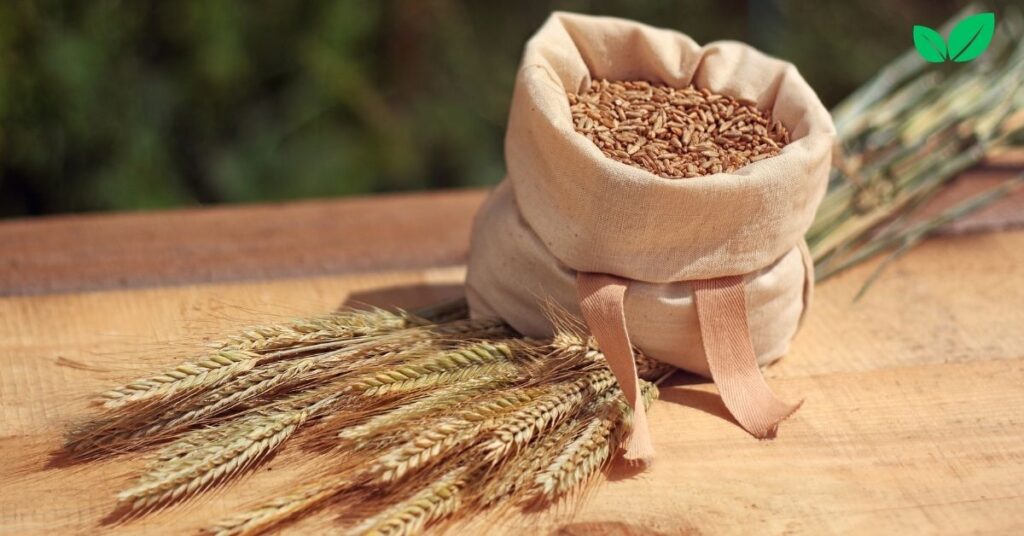
6.1. Rye in Global Agriculture
Although rye is not as widely cultivated as other cereal crops like wheat, rice, or corn, it has a significant presence in certain regions of the world. Eastern Europe, Russia, and parts of Scandinavia are major producers of rye, where the grain has been a staple for centuries. As global agricultural systems adapt to the challenges posed by climate change, the cultivation of rye berries is likely to expand, particularly in areas where other grains struggle to grow.
- Expanding Rye Cultivation: As rye’s drought tolerance and ability to grow in poor soils become more widely recognized, there is potential for expanding rye cultivation into regions affected by climate change. Countries facing water scarcity or soil degradation may find rye to be a more viable and sustainable option for their agricultural systems.
- Food Security and Rye: Rye berries offer a reliable food source in areas where other crops might fail due to harsh growing conditions. Incorporating rye into global food systems can enhance food security and provide a resilient grain for feeding growing populations.
6.2. Promoting Biodiversity Through Rye Cultivation
One of the significant environmental benefits of rye cultivation is its ability to promote biodiversity. By incorporating rye into crop rotation systems and planting it as a cover crop, farmers can support a wider range of plant and animal species. This biodiversity is essential for maintaining healthy ecosystems and ensuring the resilience of agricultural systems in the face of environmental challenges.
- Supporting Pollinators: Rye fields can provide habitats for pollinators and other beneficial insects, which play a crucial role in maintaining biodiversity and supporting other crops. Rye’s long growing season and ability to thrive in less disturbed soils create an environment that encourages a variety of wildlife.
- Crop Diversity: Growing a variety of crops, including rye berries, is a strategy for building resilience in agriculture. This crop diversity helps protect against pests and diseases, reducing the need for chemical interventions, and it can improve overall soil health.
7. Rye Berries and Organic Farming
Rye berries are well-suited to organic farming systems, where synthetic fertilizers and pesticides are avoided. Their natural resistance to pests and their ability to grow in low-nutrient soils make them an excellent choice for organic farmers who prioritize environmental sustainability. Organic rye berries not only support soil health but also provide consumers with a healthier, chemical-free food option.
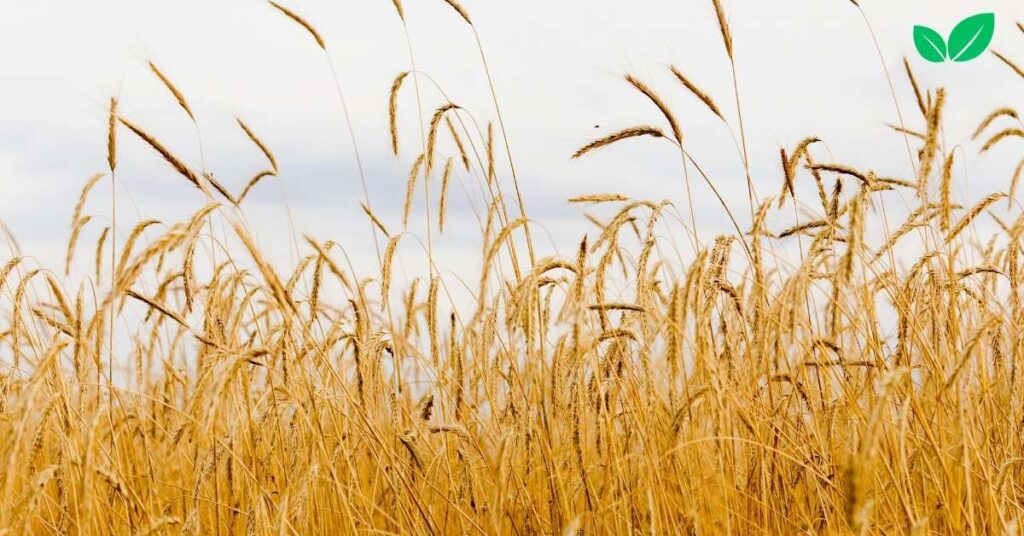
7.1. Organic Farming Practices
In organic farming, soil health is paramount, and rye plays a crucial role in maintaining it. By acting as a cover crop, rye prevents soil erosion, improves water retention, and increases organic matter in the soil. Farmers growing organic rye berries can rotate their crops with legumes or other nitrogen-fixing plants to further enhance soil fertility.
- Pesticide-Free Production: Rye’s natural pest resistance allows organic farmers to grow the crop without relying on harmful pesticides, which can damage the environment and harm non-target species. This makes rye berries an ideal grain for organic food systems.
- Fertilizer-Free Growth: Rye can thrive without synthetic fertilizers, reducing the risk of nutrient runoff into water systems. Organic farming practices that rely on crop rotation and natural fertilizers like compost help build healthy, sustainable soils over time.
7.2. Consumer Demand for Organic Rye Berries
With the rise in consumer demand for organic products, rye berries are becoming an attractive option for those seeking environmentally responsible and health-conscious foods. Organic rye berries are often sold in whole form, allowing consumers to use them in a variety of ways while benefiting from their rich nutrient content. Supporting organic rye farming helps drive demand for more sustainable agricultural practices, reducing the reliance on industrial farming methods that contribute to environmental degradation.
- Health Benefits of Organic Rye Berries: Organic rye berries are free from synthetic chemicals and retain their full nutritional value. They are rich in fiber, vitamins, and minerals, making them an excellent choice for those looking to improve their diet with nutrient-dense, whole foods.
- Growing Popularity: As people become more aware of the environmental and health benefits of organic foods, the popularity of organic rye berries is increasing. They are now available in many health food stores, farmers’ markets, and online retailers, making them accessible to a broader audience.
8. Challenges and Opportunities in Rye Berry Production
While rye berries offer numerous environmental and health benefits, there are also challenges associated with their production and consumption. Understanding these challenges can help farmers, food producers, and consumers make informed decisions about how to incorporate rye berries into more sustainable food systems.

8.1. Climate Change and Rye Production
Although rye is a resilient crop, climate change presents challenges to its cultivation, particularly in regions where growing seasons and rainfall patterns are becoming less predictable. While rye is drought-tolerant, extreme weather events such as floods or prolonged droughts can still negatively impact crop yields.
- Adapting to New Conditions: Farmers growing rye may need to adjust their planting schedules and adopt new technologies to cope with changing weather conditions. Improved seed varieties that are bred for even greater resilience to climate stressors may be part of the solution.
- Research and Development: Continued research into rye cultivation techniques can help farmers optimize production in the face of climate change. This may include developing drought-resistant rye varieties or exploring new uses for rye in sustainable food systems.
8.2. Market Demand and Awareness
Rye berries, while growing in popularity, still lag behind more well-known grains like wheat and rice in terms of market demand. Increasing consumer awareness about the environmental and health benefits of rye berries could help drive greater adoption of this sustainable grain.
- Promoting Rye as a Sustainable Choice: Educating consumers about the environmental advantages of rye berries, such as their low input requirements and their role in soil health, can help increase demand. Food producers and chefs can also play a role by incorporating rye berries into recipes and promoting them as a sustainable alternative to other grains.
- Expanding Uses for Rye Berries: While rye is traditionally used in bread and baked goods, there are many other potential uses for rye berries in food products. Innovating new ways to use rye in snacks, cereals, and plant-based foods could help expand the market for this versatile grain.
9. Conclusion: The Environmental Importance of Rye Berries
Rye berries offer a unique combination of health benefits, environmental sustainability, and versatility in both agricultural and culinary applications. From improving soil health and supporting biodiversity to reducing the need for chemical inputs, rye plays a crucial role in sustainable farming systems. Its ability to thrive in poor soils and harsh climates makes it an essential crop for building resilience in the face of climate change.
By incorporating rye berries into diets and food systems, consumers can contribute to more sustainable agricultural practices and reduce the environmental impact of their food choices. As the demand for sustainable, whole grains continues to grow, rye berries stand out as a nutritious, eco-friendly option that supports both human health and the health of the planet.
10. FAQs About Rye Berries
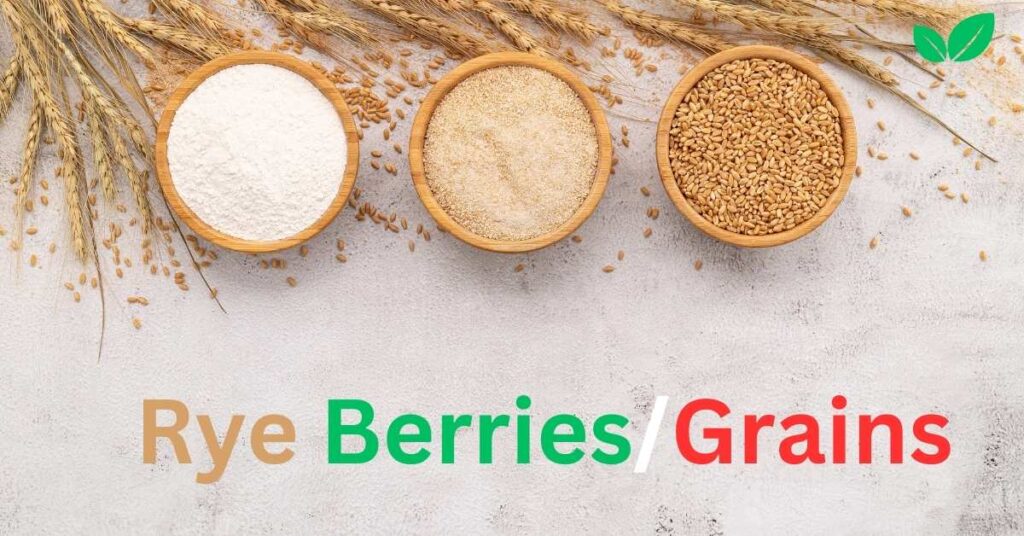
10.1. What are rye berries, and how are they used?
Rye berries are the whole grain form of rye, containing the bran, germ, and endosperm. They are used in a variety of dishes, including soups, salads, porridge, and baked goods. Rye berries can also be sprouted or ground into flour.
10.2. How do rye berries benefit soil health?
Rye berries contribute to soil health through their deep root systems, which help break up compacted soil, improve water infiltration, and reduce erosion. They also add organic matter to the soil as they decompose.
10.3. Can rye berries be grown organically?
Yes, rye berries are well-suited to organic farming systems due to their natural pest resistance and ability to grow in poor soils without the need for synthetic fertilizers or pesticides.
10.4. How are rye berries different from wheat?
Rye berries have a denser, chewier texture and a more robust, nutty flavor compared to wheat. Rye is also more resilient in poor soils and cold climates, making it a more sustainable crop in certain regions.
10.5. Are rye berries gluten-free?
No, rye berries contain gluten, although the type of gluten in rye is different from that in wheat. People with celiac disease or gluten intolerance should avoid consuming rye.

